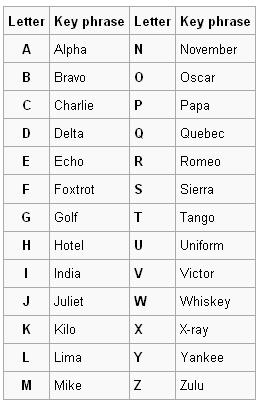World War One, also called The Great War, is notorious for the horrors endured by soldiers and civilians during the four-year period. One of the horrors was trench warfare – a new type of battle where two armies would dig into trenches stand-off across a No Man’s Land. It was a particularly terrible experience due to constant PTSD-inducing artillery barrages, extremely unsanitary living conditions and the looming shadow of death that clouded the skies.
But even within these terrible times, the light of humanity shone through. In December 1914, the German army was facing off the French and British army along the Western Front. In the week leading up to Christmas, there were increasing reports of strange behaviour among troops from both sides: fraternisation.
It began with music and light. Many British soldiers reported seeing bright coloured lights from the German lines on Christmas Eve. They heard choruses of Germans singing carols, with not a gunshot to hear. The British and French forces joined in quickly and suddenly, the soldiers were all enjoying Christmas Eve. They were in an informal ceasefire.
Little by little, the two sides made contact on Christmas Day. Not with shots, but with greetings. They would compliment each other’s singing and make jokes across the ditch. Then, some fearless soldiers would cross No Man’s Land to meet their new friends face-to-face. It took a bit of time, but trust developed and soldiers would pop out of their holes without fear of being killed. The language barrier could not stop the fraternisation. Soldiers would make gestures at each other, exchange gifts such as smokes and chocolates and even challenged each other to a football match.
On Christmas Day, 1914, man’s love for each other won over the horrors of war, bringing the first period of peace since the Great War began. It was a Christmas miracle.
Of course, fraternisation with the enemy is far from desirable to a military commander. What man would want to shoot someone they just had a great game of soccer with? Killing only becomes possible when the victim has been dehumanised. This was the last Christmas Truce of the war, as commanders of both sides outlawed any fraternisation with the enemy.
Despite this, there are countless stories from the war where soldiers would show mercy to their enemies, reminding us how even during the darkest times of history, kindness and love exist.











